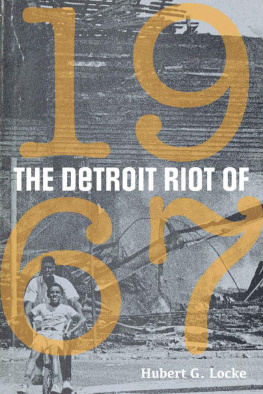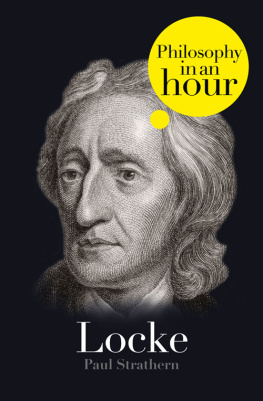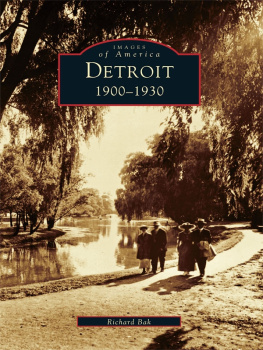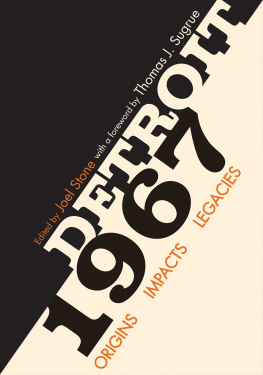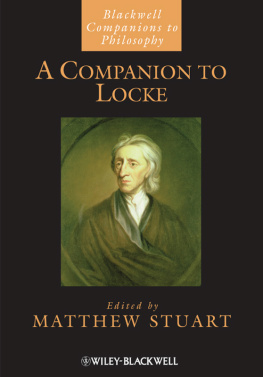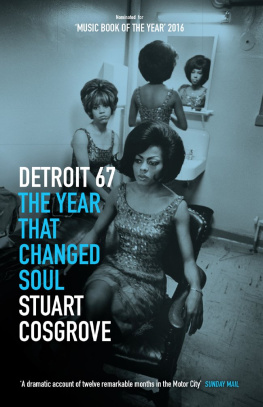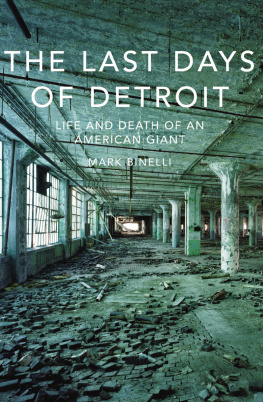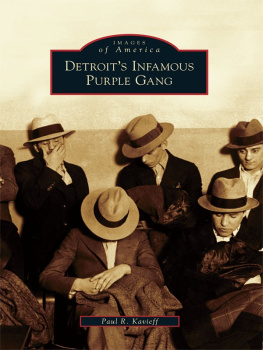
Great Lakes Books
A complete listing of the books in this series can be found online at wsupress.wayne.edu
Editor
Thomas Klug
Marygrove College
Advisory Editors
Fredric C. Bohm
DeWitt, Michigan
Sandra Sageser Clark
Michigan Historical Center
Thomas R. Dilley
Grand Rapids, Michigan
Brian Leigh Dunnigan
Clements Library
De Witt Dykes
Oakland University
Joe Grimm
Michigan State University
Laurie Harris
Pleasant Ridge, Michigan
Charles K. Hyde
Pittsfield, Massachusetts
Susan Higman Larsen
Detroit Institute of Arts
Philip P. Mason
Prescott, Arizona and Eagle Harbor, Michigan
Dennis Moore
Consulate General of Canada
Erik C. Nordberg
Walter P. Reuther Library
Deborah Smith Pollard
University of MichiganDearborn
Michael O. Smith
Bentley Historical Library
Arthur M. Woodford
Harsens Island, Michigan

Paperback reissue 2017 by Wayne State University Press, Detroit, Michigan 48201. Original hardcover edition 1969 by Wayne State University Press. All rights reserved. No part of this book may be reproduced without formal permission. Manufactured in the United States of America.
ISBN 978-0-8143-4377-7 (paper)
ISBN 978-0-8143-4378-4 (e-book)
Library of Congress Control Number: 76079479
Wayne State University Press
Leonard N. Simons Building
4809 Woodward Avenue
Detroit, Michigan 48201-1309
Visit us online at wsupress.wayne.edu
M IDSUMMER M ADNESS
How soon from highways and alleys
A raging rabble sallies!
Man, woman, youth, and child
Blindly fall to as if gone wild;
And ere the craze lose power
The cudgel blows must shower;
They seek with fuss and pother
The fires of wrath to smother.
God knows how this befell!
T was like some impish spell!
Some glowworm could not find his mate;
T was he aroused this wrath and hate.
The elders charmMidsummer eve:
But now has dawned Midsummer day.
R ICHARD W AGNER
The Master-Singers of Nuremberg
Act 3, Scene 3
CONTENTS
Note of Acknowledgment
All illustrations and map information courtesy
Detroit Police Department, base maps courtesy
Detroit Department Report and Information.


Preface
The civil disorders that have erupted across the nation for the past five years have made painfully clear what many Americans have long feared. They indicate that race relations in the United States have reached the boiling point, that the cities of America are the arena in which the racial crisis will either be resolved or they will dissolve in a sea of social chaos, and that America has very little time left in which to find workable answers to this crisis if it hopes to survive.
Not all Americans, or even a majority for that matter, sense the racial crisis from this perspective or with this urgency, as the national response to the Kerner Commission Report has demonstrated. But for those who have lived through experiences such as that which occurred in Detroit in the summer of 1967, the future of urban America is a bleak one, unless this nation begins to take its cities seriously, and the black-white relations, which will to a considerable extent determine their future, as a matter of the highest national priority.
In essence that is why this book was written. It seeks to tell the story of the worst civil explosion that has taken place in any city in 20th century America: what happened, how, and to the extent that there are any answers, why. This book is, in a sense, deeply personal; it grew out of the desire, in fact the compelling urgency, of a life-long Detroiter who loves his city with all its grandeur and misery, whose career has been intimately related to Detroit in administrative posts in a university, in a civil rights organization, in the police department, and as a minister of one of the citys churches, to assess the experiences of July 23-31, 1967, and to find their significance for the nations fifth largest city.
This book is necessarily, therefore, one mans opinion, subject to all the biases and limitations that such an effort obviously implies. It reflects, however, a deeply held conviction: that Detroit, and every other city in America is in a race with timeand thus far losing the battle.
Many persons read portions or all of the manuscript and made critical suggestions which were of invaluable assistance to the author. Their names are not mentioned, lest they be inadvertently associated with the interpretations made herein, but the author expresses silent and grateful appreciation to each of them.
Personal appreciation also is expressed to my secretaries who typed the manuscript, Mrs. Linda Higgins, Mrs. Florence Graves, Mrs. Helen Lacatis, and Miss Tina Lovio; to Mrs. Lois Pinous and the Reverend James Lyons, who diligently read proof copy; with especial appreciation to my Staff Assistant, Miss Janice Weiss, whose effort helped to make the manuscript readable, and last but certainly not least, to my wife, Jane, whose encouragement made this book possible.
H.G.L.
Prologue
A quarter century ago Gunnar Myrdal, the distinguished Swedish social economist and author of An American Dilemma, offered the cautiously optimistic judgment that while the future looks fairly peaceful in the North, there are many signs of growing racial tensions in the South. It seems almost probable, he wrote in 1942, that unless drastic action is taken, severe race riots will break out in the South.
Myrdals observations were made in his monumental study, undertaken at the request of the Carnegie Foundation, of what he termed Americas greatest failurethe race problem in American society. His judgment about the future of riots was based on their noticeable decline in the period between World Wars I and II, and on the fact that, in his words, they have become as unpopular as lynchings. Myrdal sounded a cautionary note about Detroit, however, which had experienced a clash between Negroes and whites in the spring of 1942 over the building of the Sojourner Truth Homes, a federally sponsored housing project in the northeastern section of the city. He described Detroit as being almost unique among Northern cities for its large Southern-born population and for its Ku Klux Klan. With this exception noted, Myrdal quietly predicted that on the whole, it does not seem likely that there will be further riots, of any significant degree of violence, in the North.
Less than a year after An American Dilemma (New York 1942) was published, Detroit erupted in the largest and most violent riot since the notorious clashes of Negroes and whites in Chicago and East St. Louis, Illinois, during and immediately after World War I. The 1943 riot in Detroit was a classic race riot which portrayed every major facet of Myrdals riot typology. Whites mobbed and murdered Negroes in the downtown section of the city and the area west of Woodward avenue, adjacent to the downtown area, while Negroes on the citys east side pillaged shops, burned homes, and massacred those few whites who unwittingly found themselves in Detroits Black Bottom. The battle raged for less than two days, but when it was over, 10 whites and 24 Negroes were dead; 17 of the latter had been killed by police officers.
Next page
